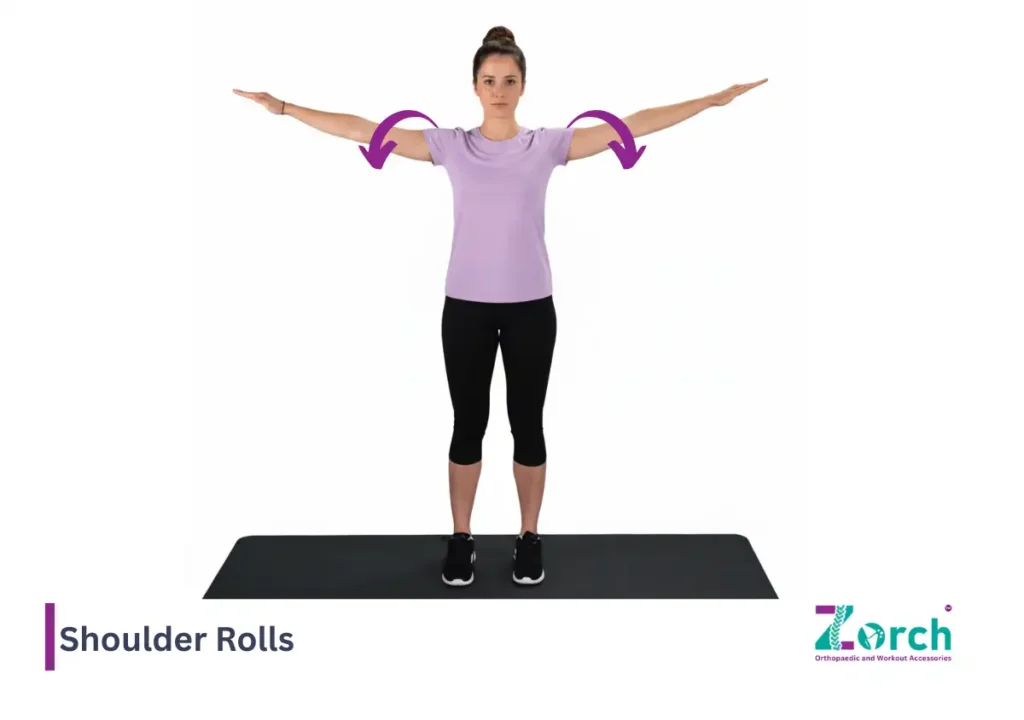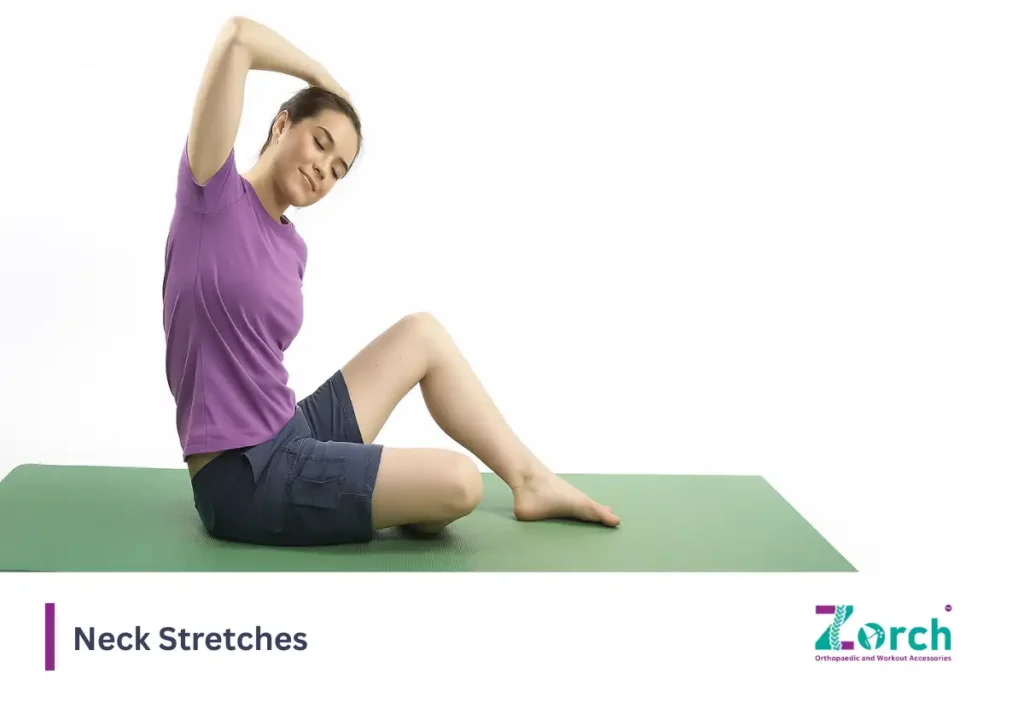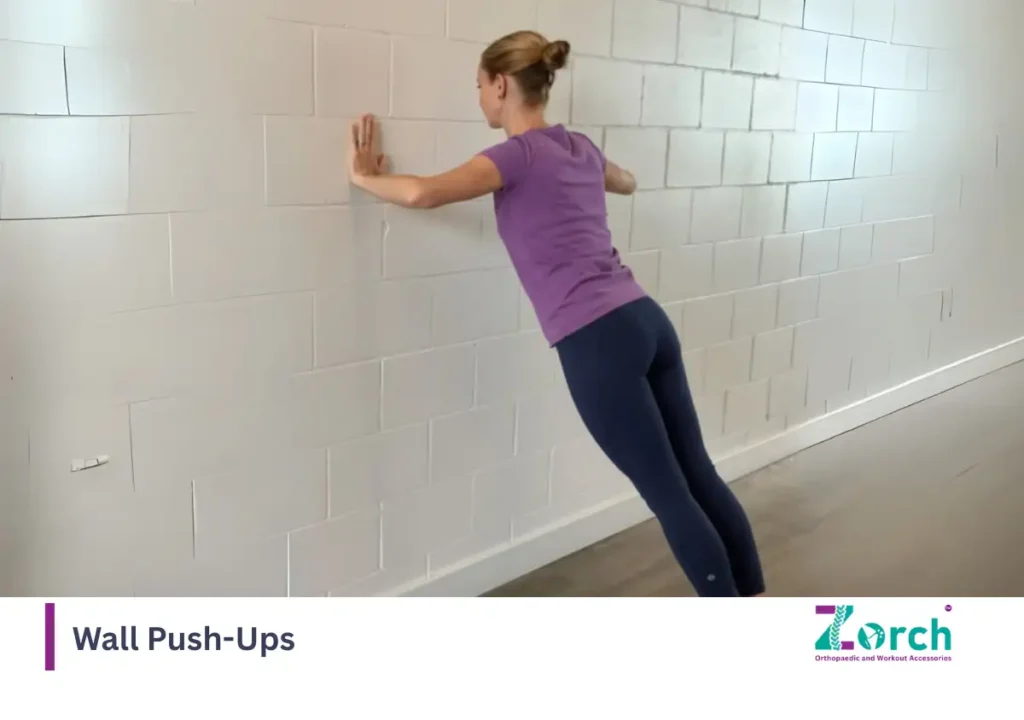Currently Empty: ₹0.00

Understanding the Causes of Collarbone Pain
The causes of collarbone pain can range from something as simple as poor posture to more serious conditions like fractures or arthritis. Many people feel collarbone pain left side or pain in collarbone right side, and they wonder whether it’s a minor strain or a sign of a bigger health issue.
This is very similar to how we think about the Causes of Back Pain. Just as back pain has many different reasons, collarbone pain too needs careful understanding.
7 most common causes of collarbone pain
1. Muscle Strain and Overuse
One of the most common causes of collarbone pain is simple muscle strain. Whether you’ve been lifting heavy weights, carrying groceries, or working long hours at a desk, repetitive movements can put stress on the muscles surrounding the clavicle.
Why it happens: The clavicle connects your chest and shoulder, so when muscles around it become fatigued or overstretched, pain develops. This often starts as dull soreness that worsens with movement.
Quick Tip: Apply ice packs for the first 48 hours, followed by gentle heat therapy to improve circulation.
2. Collarbone Fractures or Injuries
Accidents, sports injuries, or even a hard fall can lead to a fractured or bruised clavicle. This is one of the most painful causes of collarbone pain, and it often requires medical attention.
Signs to look for:
- Swelling or bruising around the collarbone
- Difficulty moving the arm
- A visible bump or deformity
Fractures often create collarbone pain left side or pain in collarbone right side, depending on the site of injury.
Quick Tip: Recovery often includes rest, immobilization with a clavicle brace, and supervised rehabilitation.
3. Poor Posture and Ergonomic Issues
Our modern lifestyle—hours hunched over phones and laptops—creates what doctors call “tech neck.” This forward-leaning posture stresses not just the neck and back but also the clavicle area.
How it feels: People often report dull, achy pain in collarbone right side or on the left, especially after sitting for long hours.
Quick Tip: Adjust your workstation, sit upright, and take breaks every 30 minutes. Small corrections prevent big problems. These posture changes are not only important for the collarbone but also play a huge role in neck pain relief.
4. Nerve Compression and Pinched Nerves
Sometimes causes of collarbone pain come from nerves being squeezed by nearby muscles or bones. This compression can radiate pain to the shoulder, chest, or arm.
- Collarbone pain left side may mimic heart-related discomfort.
- Pain in collarbone right side may extend to the shoulder blade or arm.
Important: Always rule out cardiac issues if pain on the left side comes with shortness of breath or dizziness.
5. Thoracic Outlet Syndrome (TOS)
Thoracic Outlet Syndrome occurs when nerves or blood vessels near the collarbone become compressed. This is more common in athletes, people with poor posture, or those who carry heavy bags.
Symptoms include:
- Tingling in arms or fingers
- Shoulder and neck tension
- Swelling or discoloration of the arm
Quick Tip: A clavicle brace can help realign posture and relieve pressure, while physical therapy strengthens supporting muscles.
6. Infections and Rare Medical Conditions
Though less common, infections like osteomyelitis (bone infection) or tumors can also be causes of collarbone pain. These usually present with additional symptoms like fever, fatigue, or unexplained weight loss.
Quick Tip: If your collarbone pain persists beyond two weeks or worsens without clear reason, consult a healthcare professional.
7. Arthritis in the Shoulder and Sternoclavicular Joint
Arthritis doesn’t just affect knees or hips—it can also impact the small joints around the collarbone. Osteoarthritis (age-related wear) and rheumatoid arthritis (autoimmune condition) both cause stiffness, swelling, and discomfort.
Why arthritis matters: Over time, arthritis erodes cartilage, which normally cushions the joint. Without it, bones rub together, leading to pain during simple tasks like reaching overhead.
A study in the Journal of Shoulder and Elbow Surgery noted:
Quick Tip: Gentle collarbone pain relief exercises and proper posture can help reduce strain.
Collarbone Pain Relief Exercises and Treatments
If your collarbone feels stiff or achy, a few simple exercises can really help. They don’t just ease the pain but also improve posture and keep your shoulders relaxed. However, remember one important thing. Do not start these exercises immediately after a fresh injury or fracture. In that stage, rest and medical care come first. These exercises are more useful once the sharp pain has settled down or when your doctor says it is safe to begin gentle movement.
Here are three very effective exercises that you can easily try at home.
1. Shoulder Rolls

This is one of the simplest ways to loosen the muscles around your neck, shoulders and collarbone.
How to do it:
Sit or stand comfortably with your back straight. Slowly roll your shoulders up, backwards and down in a smooth circular movement. Do this about ten times. Then change the direction and roll them forward ten times.
When to do it:
Shoulder rolls work best in the morning when your muscles feel tight or after long hours of sitting at your desk.
Quick tip: Keep your movements slow and steady. There is no need to rush or force the roll.
2. Neck Stretches

This stretch reduces the tension that builds up in the muscles connecting your neck and collarbone, especially if you spend a lot of time looking at screens.
How to do it:
Sit upright with your shoulders relaxed. Gently tilt your head towards your left shoulder until you feel a mild stretch on the opposite side. Hold this position for about 20 to 30 seconds. Come back to the centre and repeat the same on the right side. If you want a slightly deeper stretch, place your hand lightly on the side of your head and give gentle pressure.
When to do it:
Neck stretches are very useful during short breaks at work or in the evening after using your phone or laptop for long hours.
Quick tip: Be gentle. The goal is to stretch, not to pull.
3. Wall Push-Ups

This is a very safe way to strengthen the muscles around your chest and shoulders without putting too much stress on the collarbone.
How to do it:
Stand facing a wall, about an arm’s length away. Place your palms flat on the wall at shoulder height. Slowly bend your elbows and lean your body towards the wall. Then push yourself back to the starting position. Try to do two or three sets of eight to ten repetitions.
When to do it:
You can start wall push-ups once the initial pain has reduced. They are also great for building long-term strength and preventing the pain from coming back.
Quick tip: Move slowly. If you feel a sharp pain in your collarbone while doing this, stop immediately and rest.
Importance of the Clavicle Brace
A clavicle brace helps stabilize the bone, correct posture, and reduce muscle stress. Doctors often recommend it for fractures, poor posture, or post-surgery recovery. In fact, it works in a very similar way to cervical collar uses in neck care, offering gentle support and guiding the body to heal in the right position.
Most people wear it for a few hours every day in the recovery phase. When combined with light exercises, it speeds up the healing process and prevents further injury.
Recommended Poduct
Zorch: Clavicle Brace Velcro
₹340.00 – ₹399.00
Zorch clavicle brace VC offers secure collarbone alignment and posture correction. Lightweight and adjustable clavicle support for recovery and back health. Zorch Comfort Clavicle Brace Posture Corrector for Men and Women – Back Straightener with Adjustable Support Effective for Neck, Back and Shoulder Pain Relief
- Non-Allergic
- Ergonomic Design
- High-Density PU Form
- High-Quality Breathable Elastic
- Sweat Absorption Technology
When to See a Doctor for Collarbone Pain
Seek medical advice if you experience:
- Sudden severe pain after injury
- Difficulty breathing or chest pain
- Swelling, redness, or fever along with pain
- Numbness or tingling spreading into arms
FAQs About Causes of Collarbone Pain
What are the most common causes of collarbone pain?
The main causes include muscle strain, fractures, arthritis, poor posture, pinched nerves, thoracic outlet syndrome, and rare conditions like infections.
Why do I feel collarbone pain left side more than the right?
Left-side pain may sometimes mimic heart-related symptoms. It’s essential to consult a doctor to rule out cardiac concerns.
Can poor posture really cause collarbone pain?
Yes! Hours of slouching over devices stress the muscles and joints around the clavicle, leading to pain.
What are the best collarbone pain relief exercises?
Gentle stretches, shoulder rolls, and wall push-ups are effective. Pairing them with a clavicle brace enhances results.
How long does collarbone pain take to heal?
Minor strains may improve within days, while fractures or arthritis may take weeks to months.
Can a clavicle brace help with posture correction?
Absolutely. A brace not only supports recovery but also trains the body to maintain proper alignment.
Conclusion
The causes of collarbone pain are varied, ranging from simple strains to more serious conditions like arthritis or nerve compression. Recognizing the difference between collarbone pain left side and pain in collarbone right side is key to finding the right treatment. With collarbone pain relief exercises, proper posture, and tools like a clavicle brace, most people can manage and even prevent recurring pain.
If your discomfort persists, don’t hesitate to consult a professional. After all, a healthy collarbone means better movement, better posture, and better quality of life.










